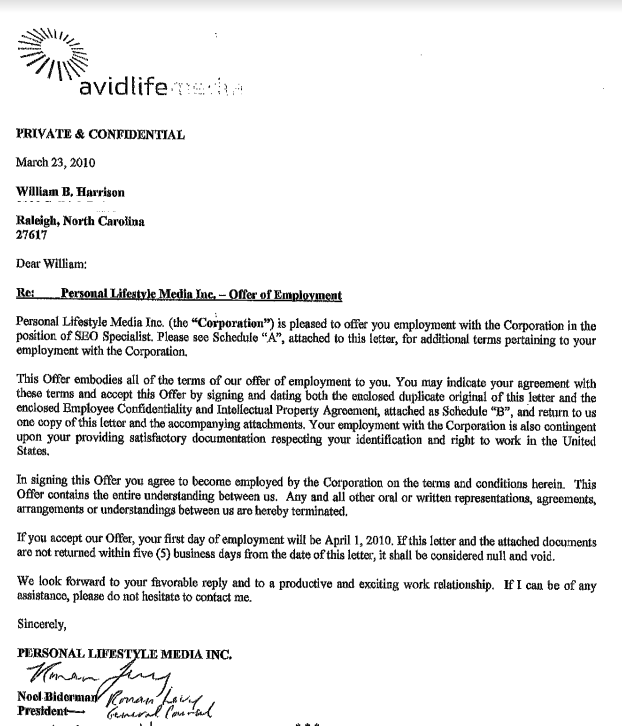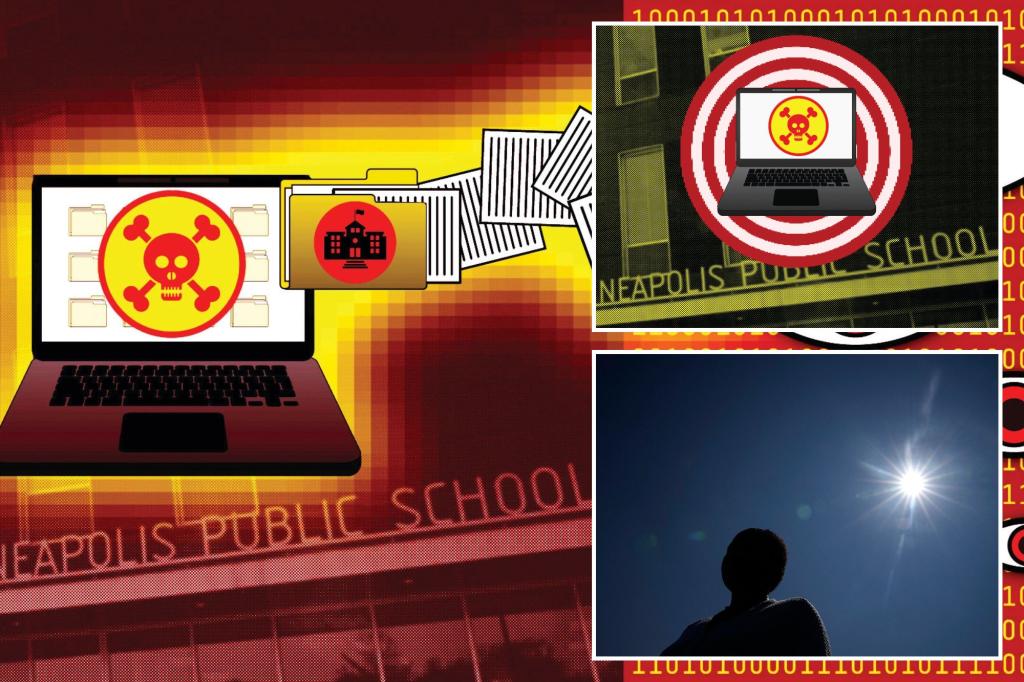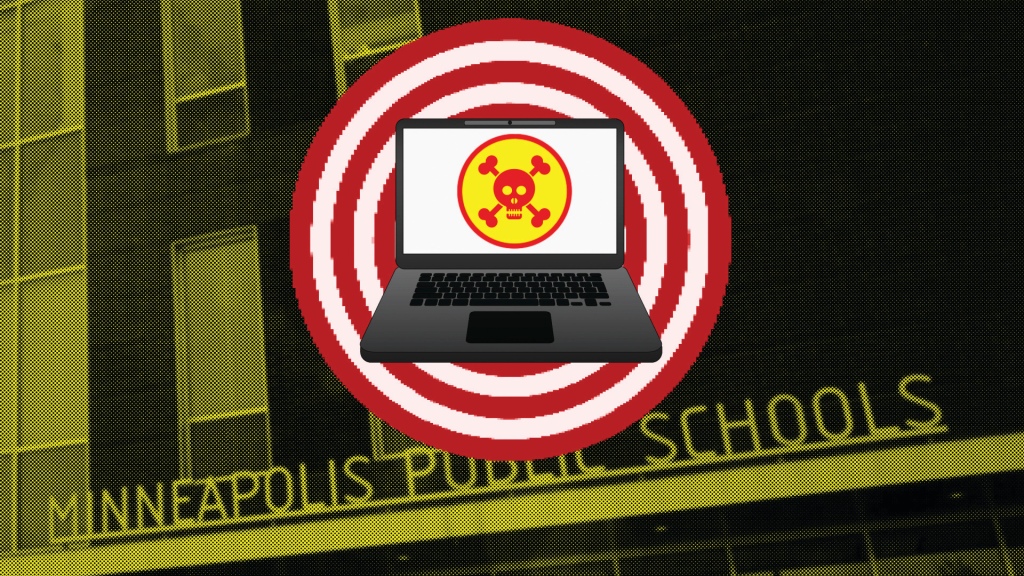Top Suspect in 2015 Ashley Madison Hack Committed Suicide in 2014 – Krebs on Security
When the marital infidelity website AshleyMadison.com learned in July 2015 that hackers were threatening to publish data stolen from 37 million users, the company’s then-CEO Noel Biderman was quick to point the finger at an unnamed former contractor. But as a new documentary series on Hulu reveals [SPOILER ALERT!], there was just one problem with that theory: Their top suspect had killed himself more than a year before the hackers began publishing stolen user data.
The new documentary, The Ashley Madison Affair, begins airing today on Hulu in the United States and on Disney+ in the United Kingdom. The series features interviews with security experts and journalists, Ashley Madison executives, victims of the breach and jilted spouses.

The series also touches on shocking new details unearthed by KrebsOnSecurity and Jeremy Bullock, a data scientist who worked with the show’s producers at the Warner Bros. production company Wall to Wall Media. Bullock had spent many hours poring over the hundreds of thousands of emails that the Ashley Madison hackers stole from Biderman and published online in 2015.
Wall to Wall reached out in July 2022 about collaborating with Bullock after KrebsOnSecurity published A Retrospective on the 2015 Ashley Madison Breach. That piece explored how Biderman — who is Jewish — had become the target of concerted harassment campaigns by anti-Semitic and far-right groups online in the months leading up to the hack.
Whoever hacked Ashley Madison had access to all employee emails, but they only released Biderman’s messages — three years worth. Apropos of my retrospective report, Bullock found that a great many messages in Biderman’s inbox were belligerent and anti-Semitic screeds from a former Ashley Madison employee named William Brewster Harrison.

William Harrison’s employment contract with Ashley Madison parent Avid Life Media.
The messages show that Harrison was hired in March 2010 to help promote Ashley Madison online, but the messages also reveal Harrison was heavily involved in helping to create and cultivate phony female accounts on the service.
There is evidence to suggest that in 2010 Harrison was directed to harass the owner…


